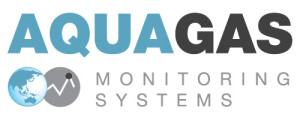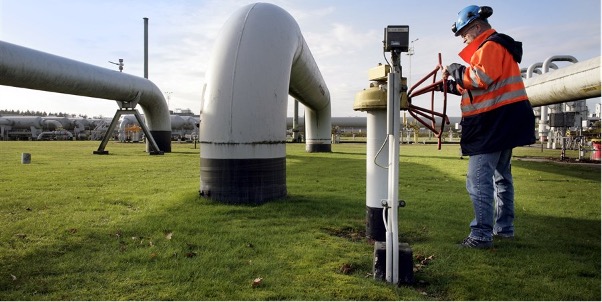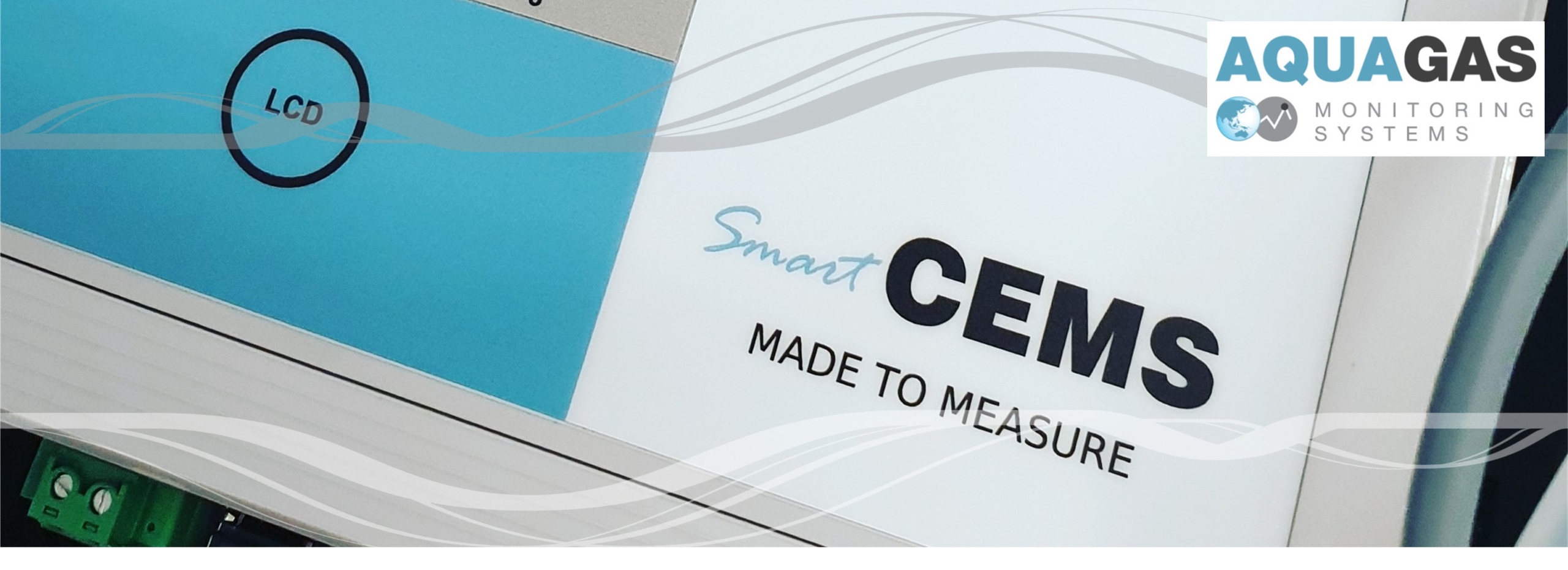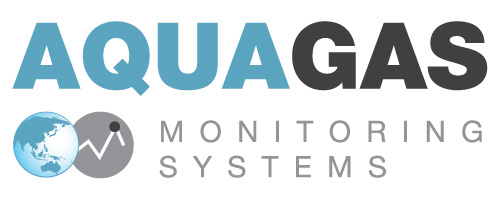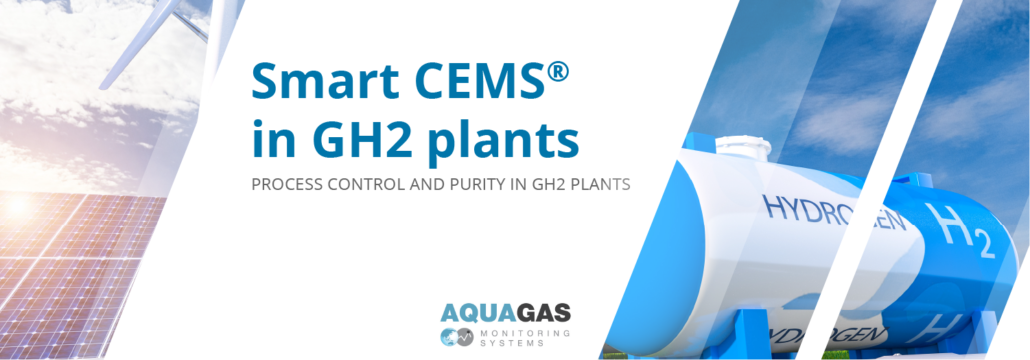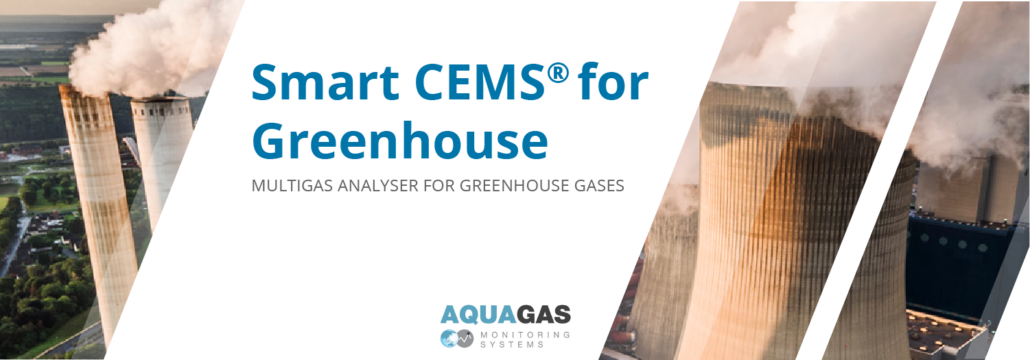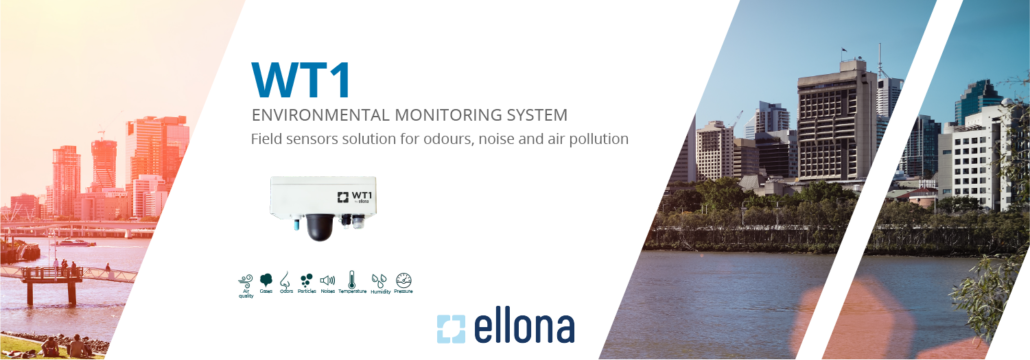
SmartCEMS® GHG
GHG emissions from wastewater handling
Broadly, wastewater systems contribute to Greenhouses gases (GHG) emissions not only through their significant consumption of grid electricity in most cases, but also through direct emissions of nitrous oxide (N2O) and methane (CH4). These are often called ‘fugitive’ gases because they escape from the collection and treatment systems.
CH4 emission: Wastewater contains organics, which can be biologically converted to CH4 in the absence of oxygen (i.e., under anaerobic conditions). In some parts of wastewater collection and treatment systems, anaerobic conditions prevail, leading to the formation of CH4 and its subsequent emission into the atmosphere.
N2O emission: Wastewater contains nitrogen, which needs to be removed to avoid nutrient enrichment of receiving waters. Biological nitrogen removal has been implemented at most large wastewater treatment plants in Australia. N2O is either an intermediate reaction or a by-product of the key biological reactions involved. Therefore, N2O is formed in, and could be emitted from, wastewater treatment plants.
The indirect emissions are expected to decrease substantially in the coming decade, due to both the increased recovery of energy from wastewater (biogas from anaerobic digestion) and improved efficiency of electrical energy use for wastewater treatment.
Furthermore, the current trend is towards increasing renewable energy supply, with resultant lower emission factors. Therefore, it is foreseeable that direct emissions might in future dominate the GHG profile of many wastewater treatment plants. Indeed, for some treatment plant in Australia, this may already be true.
Actual methane and nitrous oxide emissions associated with wastewater handling vary significantly, depending on the type of system and a range of operating factors.
Emissions can make up a substantial portion of direct GHG emissions reported as part of the total for water utilities that serve urban areas. The existing GHG reporting (NGER) system in Australia does not make provision for measurements or estimates of actual direct emissions of nitrous oxide and methane emissions from wastewater handling.
Understanding of greenhouse gas emissions related to wastewater handling has improved a lot in the last ten years, thanks to the efforts of researchers and the water industry, including significant contributions from Australia.
Committed to a better environment, AquaGas Pty Ltd is proud to supply and support a broad product range featuring a line of analysers tailored to the measurement of Greenhouse Gases emissions in the environment or directly at the source. Already selected by councils and water agencies, AquaGas analysers offer exclusive features implemented to fulfil the needs of today’s urban utilities and waste recycling facilities.
AquaGas online analysers are suited to a large range of applications related to Greenhouse Gas fugitive emissions such as emissions and process monitoring at
- WTP Ponds (with sampling hood)
- OCS odour control systems (inlet & discharge)
- Biogas plants (digesters, engine feed, engine emissions…)
- And Landfills (fenceline, landfill gas…)
When used to their full extent, the expanded capabilities offered by accurate and reliable analysers can bring real benefits by providing fast access to detailed GHG emissions data and an accurate real time overview of operating conditions at urban utilities and industrial sites.
SmartCEMS® GHG
Having the N2O nitrous oxide, CH4 methane, and CO2 carbon dioxide measurements available in real time ensures greater predictivity and broader scope of fugitive emissions, allowing process problems to be resolved before they escalate.
The SmartCEMS® GHG sensor technology provides real-time continuous and simultaneous monitoring of CH4, CO2, N2O and O2 at wastewater plants, waste recycling facilities, landfill (…). With fast response times and no cross-sensitivity to any other gases in the stream, including CO and H2S, the SmartCEMS GHG does not require reference or carrier gas systems.
The SmartCEMS® GHG combines Non-Directive Infrared, Electrochemical, Photoionization and Paramagnetic technologies in the same analyser resulting in unique measurement possibilities including complex gas sensors configurations with a large selection of dynamic measuring range (ppm to %).
The Smart CEMS® offers multiple configurationsof sensors and methods suited to the fugitive emissions at industrial sites and urban utilities. Here are the measuring parameters for the most common gases. For other gases or different measuring ranges (MR), please consult us.
| GAS | ANALYSIS METHOD | RANGE | RESOLUTION | ACCURACY | TIME (T90) |
|---|---|---|---|---|
| CO Carbon Monoxide | Non-Directive IR | 0-1% | 0.01% | ± 10ppm abs. | 50 sec |
| N2O Nitrous Oxide | Non-Directive IR | 2 000ppm | 1ppm | ± 1ppm abs. | 50 sec |
| CH4 Methane | Non-Directive IR | 20, 000ppm | 1ppm | ± 10ppm abs. | 50 sec |
| CO2 Carbon Dioxide | Non-Directive IR | 25% | 0.1% | ± 0.5% abs. | 50 sec |
| O2 Oxygen | Electrochemical, Partial Pressure | 20.95% | 0.01% | ± 0.1% abs. or 5% rel | 45 sec |
| O2 Oxygen | Electrochemical, Partial Pressure | 100.00% | 0.01% | ± 0.1% abs. or 5% rel | 45 sec |
| O2 Oxygen | Paramagnetic | 25.00% | 0.01% | ± 0.1% abs. or 5% rel. | 45 sec |
| O2 Oxygen | Paramagnetic | 100.00% | 0.01% | ± 0.1% abs. or 5% rel. | 45 sec |
Available in single or multistream configuration, the SmartCEMS GHG® associated gas sampling and conditioning system features a multistage particulate filtration system, a powerful dew point stabilizer (Peltier, Nafion or dual outputs), a variable speed sampling pump and continuous removal of sample condensates.
In addition to its exclusive analytical capabilities, the SmartCEMS concept offers an ease of use for operation and maintenance tasks. All system components are field replaceable including the measuring cells delivered pre-calibrated to site. The SmartCEMS GHG® offers enhanced simplicity, making it easier for operators at any level of experience to access or relay key operational and maintenance-related data. This concept prevents unnecessary downtime and minimizing the risk of potential damage to key process plant or impaired hydrogen quality.
The inclusion of features such as remote connectivity allows the fast collection of diagnostics information, with engineers able to perform actions such as fault tracing or changes to an instrument’s configuration without having to be physically present.
IEC conformity
AquaGas analysers for the greenhouse gases monitoring complies in all aspect with the IEC60079-2 standards. AquaGas online analysers for GHG emissions monitoring are available in Purged and Pressurised (P&P) enclosure or IECEx certified version.
AquaGas is supporting the global industrial community with high performance environmental and process monitoring systems (Continuous Emissions Monitoring Systems, Air Quality Monitoring Systems, Online process analysers, Water Quality Monitoring Systems and tunnel sensors) specifically designed and built to meet your application requirements.
